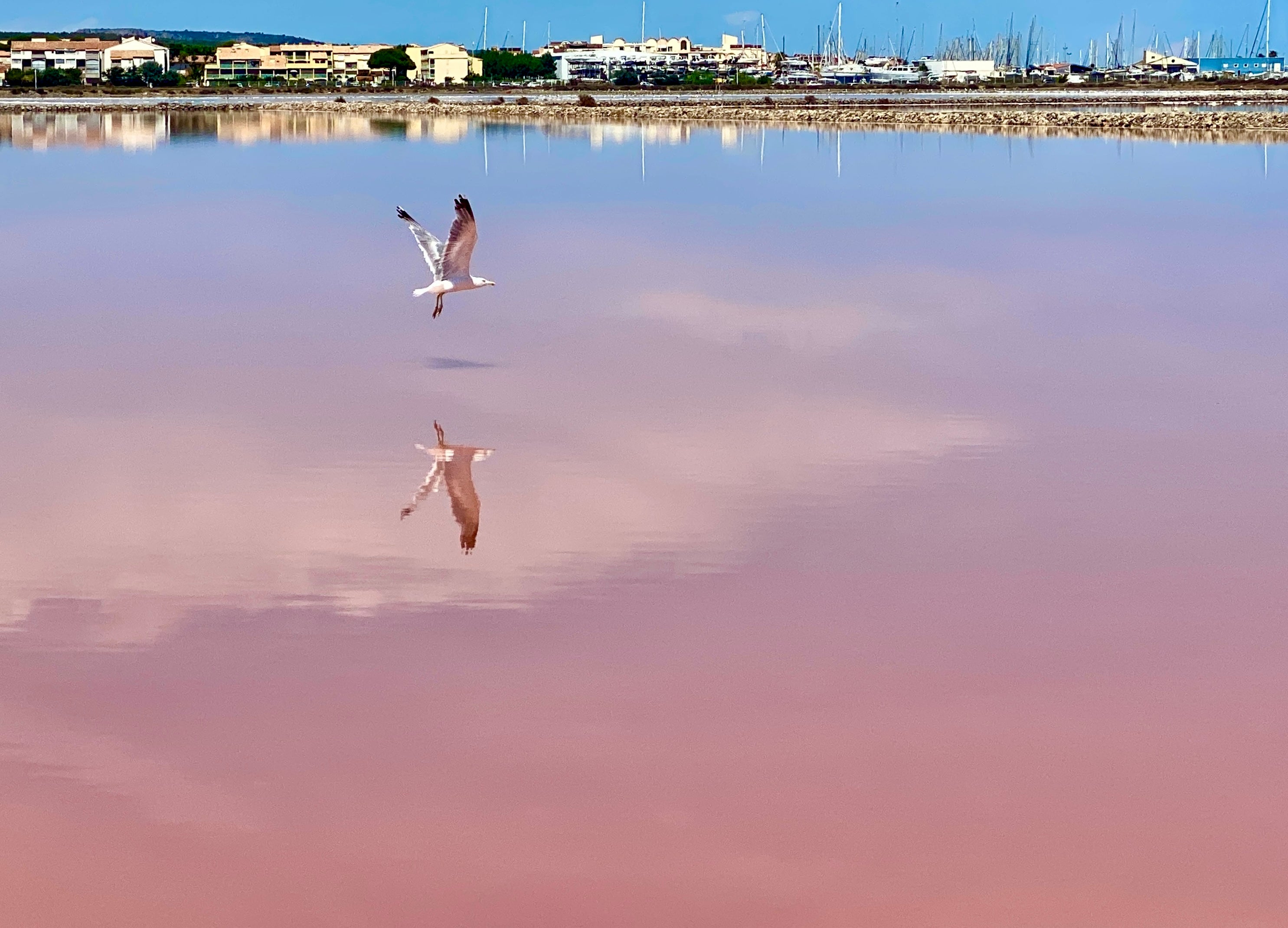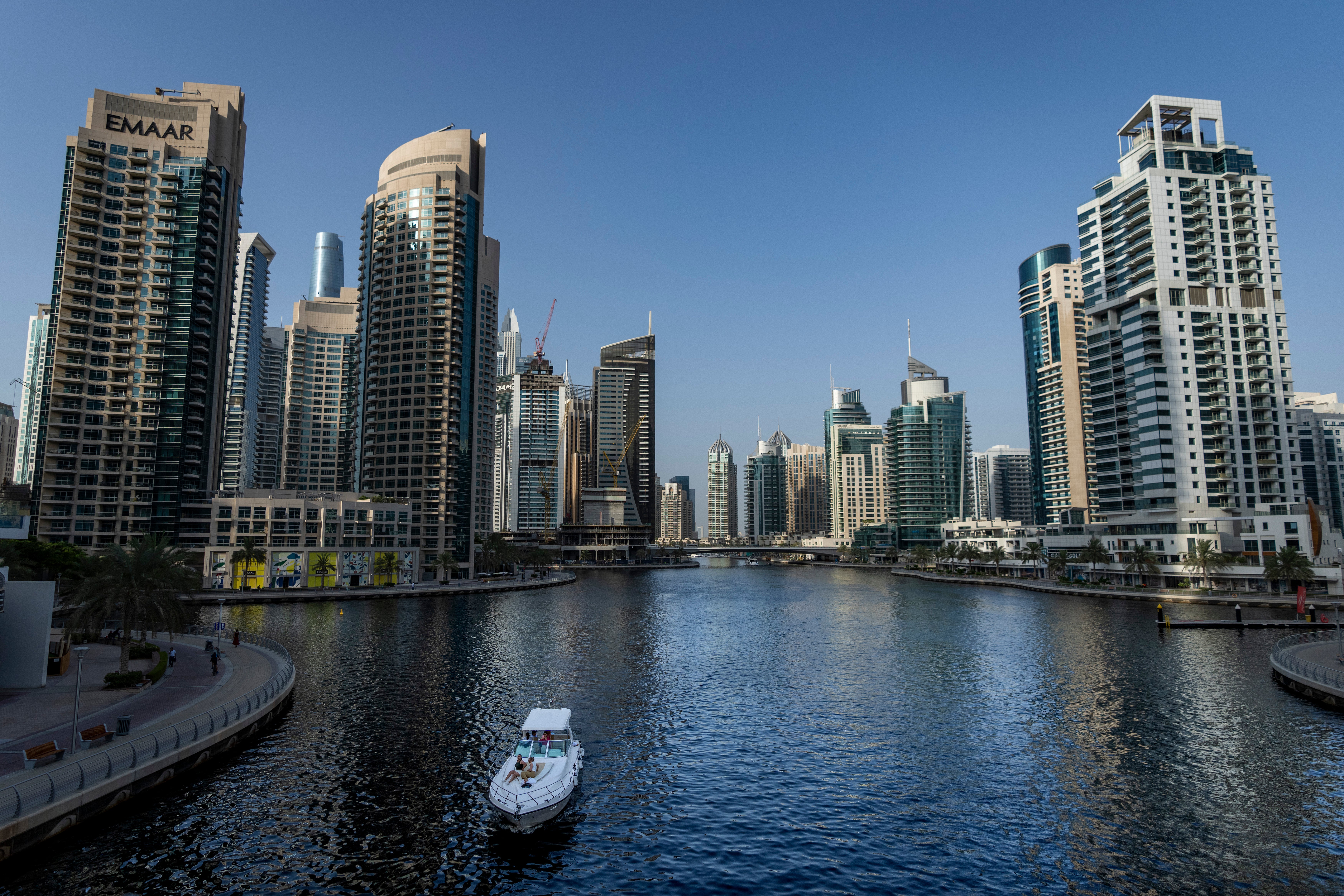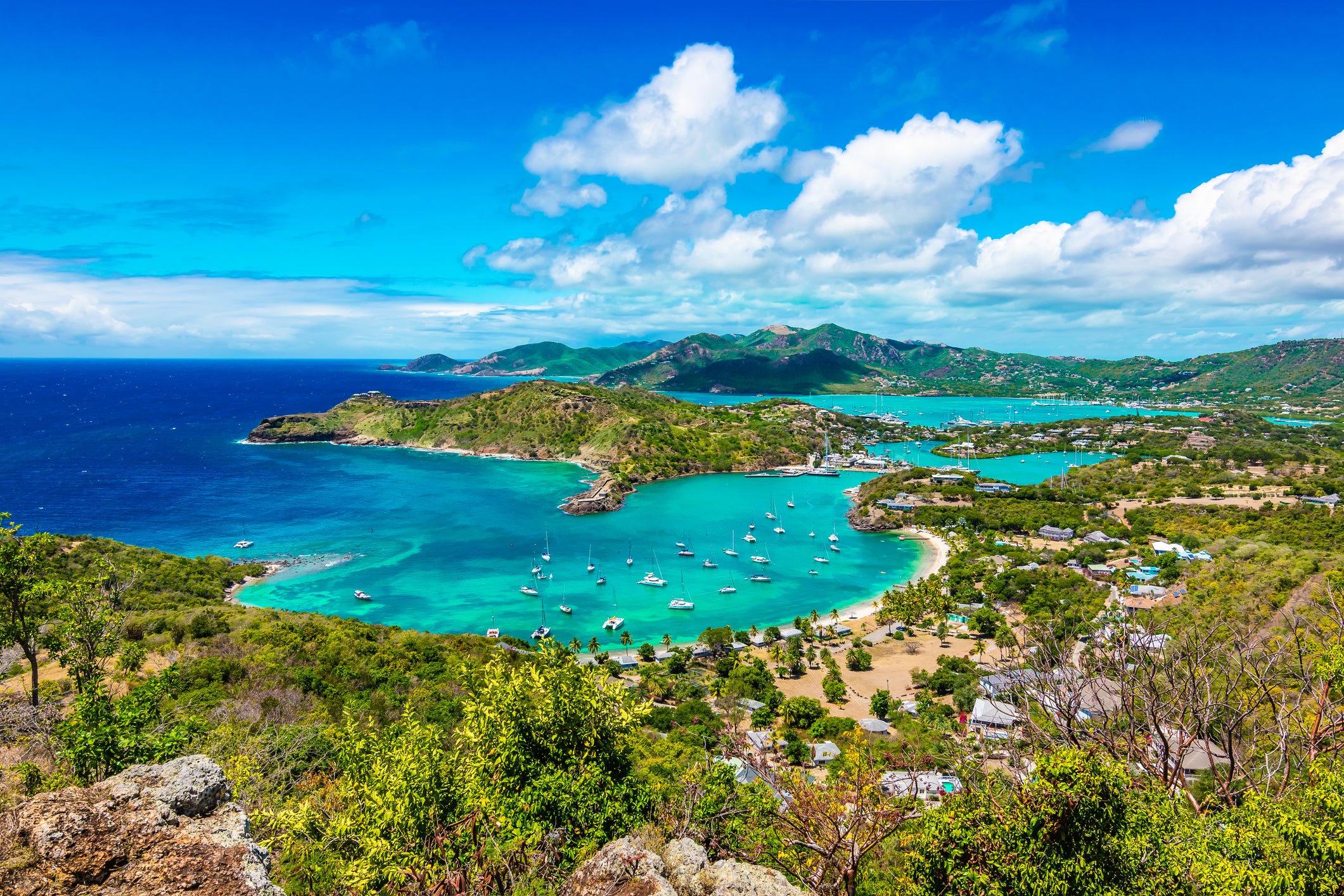Can you suggest a tour de France for our ladies’ cycling holiday in Europe?
Simon Calder on two-wheeled holidays in southwestern France, short transfer times, alcohol restrictions at airports and the best currencies for the Caribbean


Q Can you suggest a European base for a ladies’ cycling holiday? We need cycle tracks and/or quiet roads, with some scenery. We want to stay in one place, so we need a base with four or five route options.
Alison C
A Beziers in southwest France is the place to be. I shall start with access, which is excellent. If you like to fly with your bikes, the city has direct flights from Bristol, Edinburgh, London (Luton and Stansted) and Manchester, By rail, there are direct high-speed trains from both Lille and Paris to connect with Eurostar.
In the old town, perched high above the Orb river, you are spoilt for choice with good places to eat and drink. Accommodation is plentiful; I recommend the Hotel La Prison, adjacent to the cathedral with spectacular views over the Languedoc countryside. Which leads to the cycling options. Because most traffic is funnelled along the autoroutes, the rest of the road network is quiet. Provision of some segregated bike paths is good, and motorists are respectful of cyclists.
I shall outline my perfect five bike routes. On day one, limber up beside the Canal du Midi as it heads west – the Fonsérannes locks, just west of the city, provide a spectacular introduction, and the towpath is mostly bike-friendly. Cycle as far as you wish.
Next, head east to the pretty and historic town of Pezenas – about 25km each way if you go direct, but better to find some quiet lanes and make a circuit of it.
By day three, an 80km trip to the Mediterranean and Narbonne will work for you. The D6009 is the old Route Nationale, reclassified as a minor road, and leads straight to the centre of this ancient Roman city. Then aim for Gruissan – a fishing village with an amazing pink salt lagoon. With the sun on your backs in the afternoon, drift along the shore (with plenty of swimming options) as far as Saint-Pierre-la-Mer and make your way inland back to Beziers.
For your penultimate day, aim northwest: the D612 twists into the hills, with attractions such as the Abbaye de Fontcaude not far off the road.
Finally, combine the fine old towns of Agde and Sete. It’s a good 100km day, but you can always hop on the train back to Beziers.

Q I am in the process of booking with Emirates to go from London to Australia next July. On the Emirates website there is a flight that changes aircraft in Dubai with a one hour, five minute transfer time. This seems a very short amount of time to get from one part of an unfamiliar airport to another to catch the connecting flight. Yet I presume if it weren’t possible then Emirates wouldn’t be offering it. I’d really appreciate your expert opinion on this – and what happens if the first flight is delayed?
Alan A
A Sixty-five minutes? Count yourself lucky. The late afternoon Emirates flight from London Heathrow to Dubai has an advertised connection to Bangkok of just one hour. Yes: just 60 minutes for extricating you (and, separately, your checked baggage) from the world’s biggest passenger plane, the A380, and enabling you to board another superjumbo at a different gate at the airport that handles more international passengers than any in the world, all in the early hours of the morning. You will have an extra five minutes in hand above that “minimum connecting time”.
If such connections failed more than just occasionally, Emirates would not advertise them. Instead, the airline could do what British Airways recently did at Heathrow Terminal 5 and up the minimum connecting time from 60 to 75 minutes.
Whenever a passenger misses a connection, it is annoying for them and expensive for the airline. On a journey from the UK, Emirates becomes legally liable for providing meals (and accommodation if necessary) until it gets you to your destination, and may also need to pay compensation if the hold-up is within its control. There is a bit of wiggle room: if a significant number of passengers on a delayed flight are transferring to a specific departure from Dubai, the latter may be held back to allow them to connect.
I would not book any urgent appointment for immediately after your flight out to Australia, but if you are keen to get there in a hurry, then the 65-minute connection is a gift, not a concern. And even that looks sluggish by the standards of the connection time at Vienna: just 25 minutes between Star Alliance flights.

Q I have been following the debate about drinking at airports. Surely everyone should be breathalysed at the gate? Do you think this is a viable proposition?
Richard P
A On Tuesday I spoke with the Ryanair boss, Michael O’Leary, about the record levels of “air rage” his airline is experiencing – which he put down to a cocktail of drink, drugs and delays. In theory, breath-testing for alcohol at the airport for every passenger could reduce the risk from the first of these. But I think the keyword in your question is “viable”.
Imagine a busy, single-terminal airport such as London Stansted, which happens to be Ryanair’s biggest base. It would be challenging to find the necessary space for breath tests to be conducted. Checking passengers’ alcohol levels could not happen at the “podium” stage where your boarding pass and passport are reconciled, because the equipment would take up too much space and the procedure would take too much time.
The only option would be for a separate check just short of the boarding stage. This already happens at, for example, Turkish airports – where there is a mandatory extra security check for UK-bound flights. Passengers would need to factor in more time for the breath test, and face one more hurdle, intensifying the airport ordeal. The spending on extra staff and equipment would add to the aviation industry’s costs, which ultimately would be borne by the traveller. And to what end? The vast majority of passengers behave themselves on flights.
While a wide range of people on all manner of flights may become disruptive, a very significant proportion of air-rage incidents involve younger men travelling in groups on flights to “party” destinations. Ryanair tells me that on potential problem flights, security checks are carried out at the gate to ensure passengers are not taking their own alcohol into the cabin. It would be possible to add a breath-test element to these checks, to exclude anyone who has more alcohol in their system than, say, the drink-drive limit. But a denied-boarding passenger might then kick off, and while disruption on the ground is better than at 30,000 feet, anything that leads to violence should be minimised.
I think we might be closer than most travellers imagine to alcohol-free airports and flights.

Q I am going to Antigua next month. Will I be able to use US dollars or do I need local currency?
Neil W
A “Local currency” in the context of Antigua, its sibling Barbuda, as well as St Lucia, Grenada and a string of smaller islands, is the Eastern Caribbean dollar. You could think of it as the Caribbean version of the euro – except with one big difference. For almost half a century, the local currency has been locked to the US dollar at a rate of US$1 (75p) = EC$2.70. Arithmetically, this isn’t anything as user-friendly as the Barbadian dollar, locked at US$1 to B$2, but the same advice applies: stick to American currency as much as you can.
When visiting a country, it seems logical to take the currency of that nation. But I am afraid that the eastern Caribbean is one of those places where trying to get the “right” currency in the UK will waste a slice of your holiday money. Today the excellent currency changer Thomas Exchange Global is offering a rate of EC$3.34 for £1. That represents a US dollar rate of $1.23 to a pound, compared with the $1.31 I would get were I to opt for American currency. Buying Eastern Caribbean dollars will lose you 5 per cent on the deal.
Local businesses on the island are happy to accept either currency and (in my experience) will give the appropriate change rather than skew the exchange rate in their favour. So you can arrive with a fistful of American dollars – ideally low-denomination notes – knowing that they will be accepted everywhere. Change from traders will tend to be returned in EC$. Just make sure to spend them before leaving the island. While US dollars are welcomed practically everywhere on Earth, currency from small Caribbean islands is not.
Similar advice applies for travel to Belize (where, like Barbados, two local dollars equals one American) and Bermuda, where the US and local currency are at par.
Email your question to s@hols.tv or tweet @SimonCalder






Join our commenting forum
Join thought-provoking conversations, follow other Independent readers and see their replies
Comments